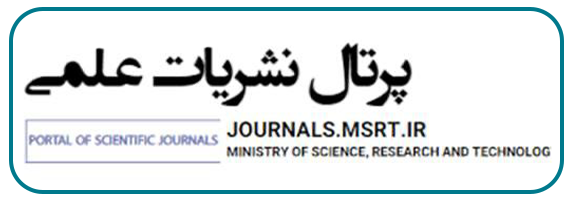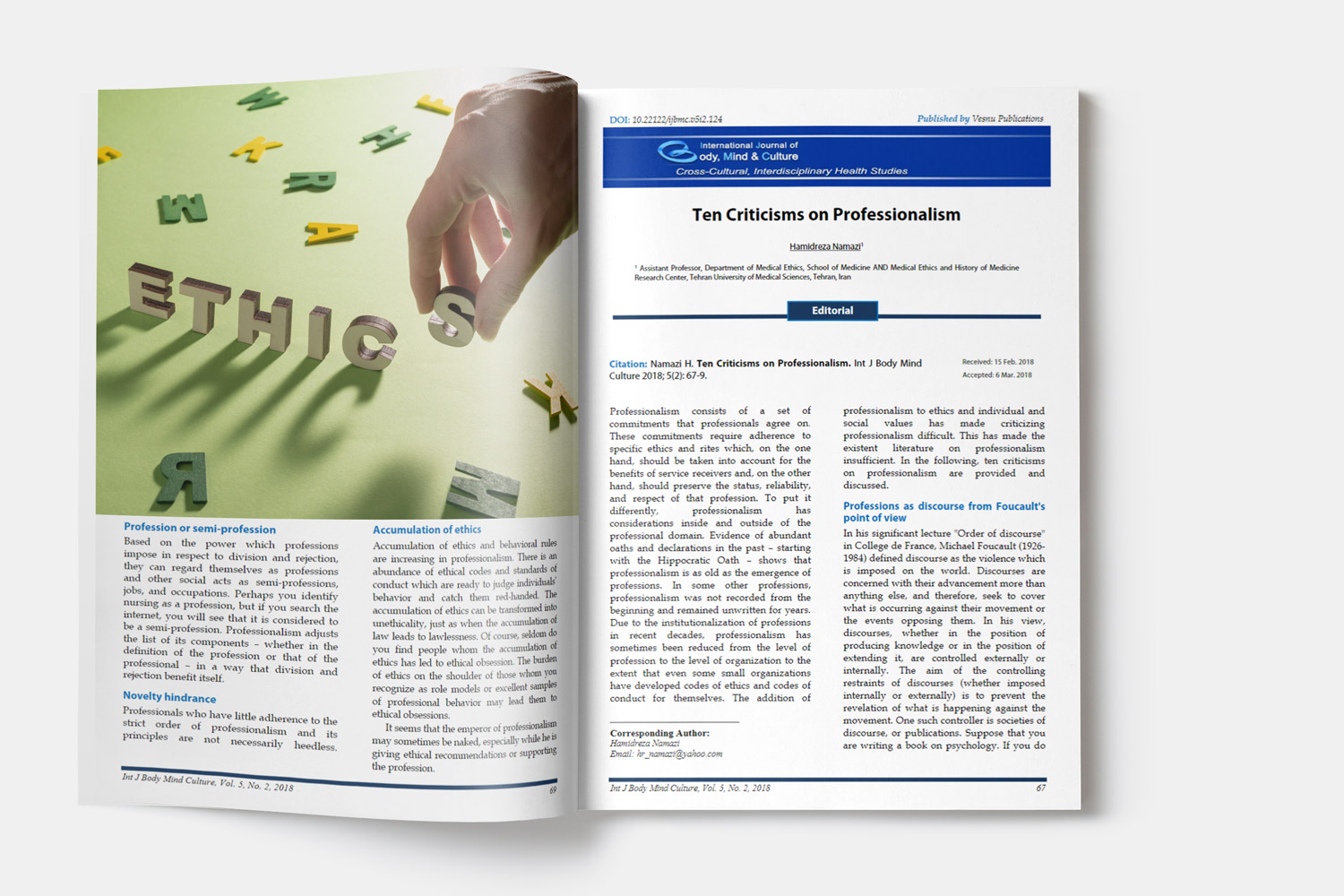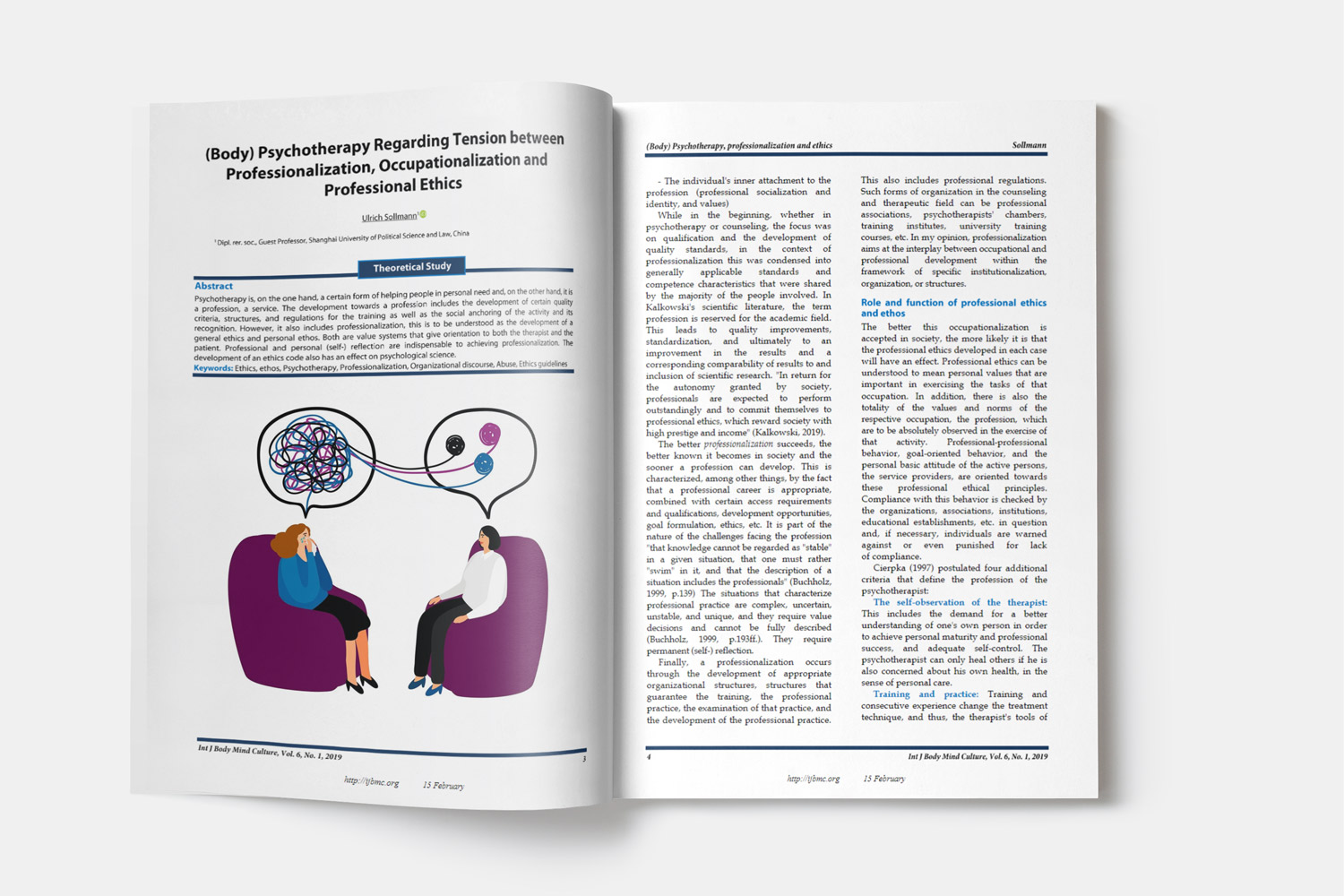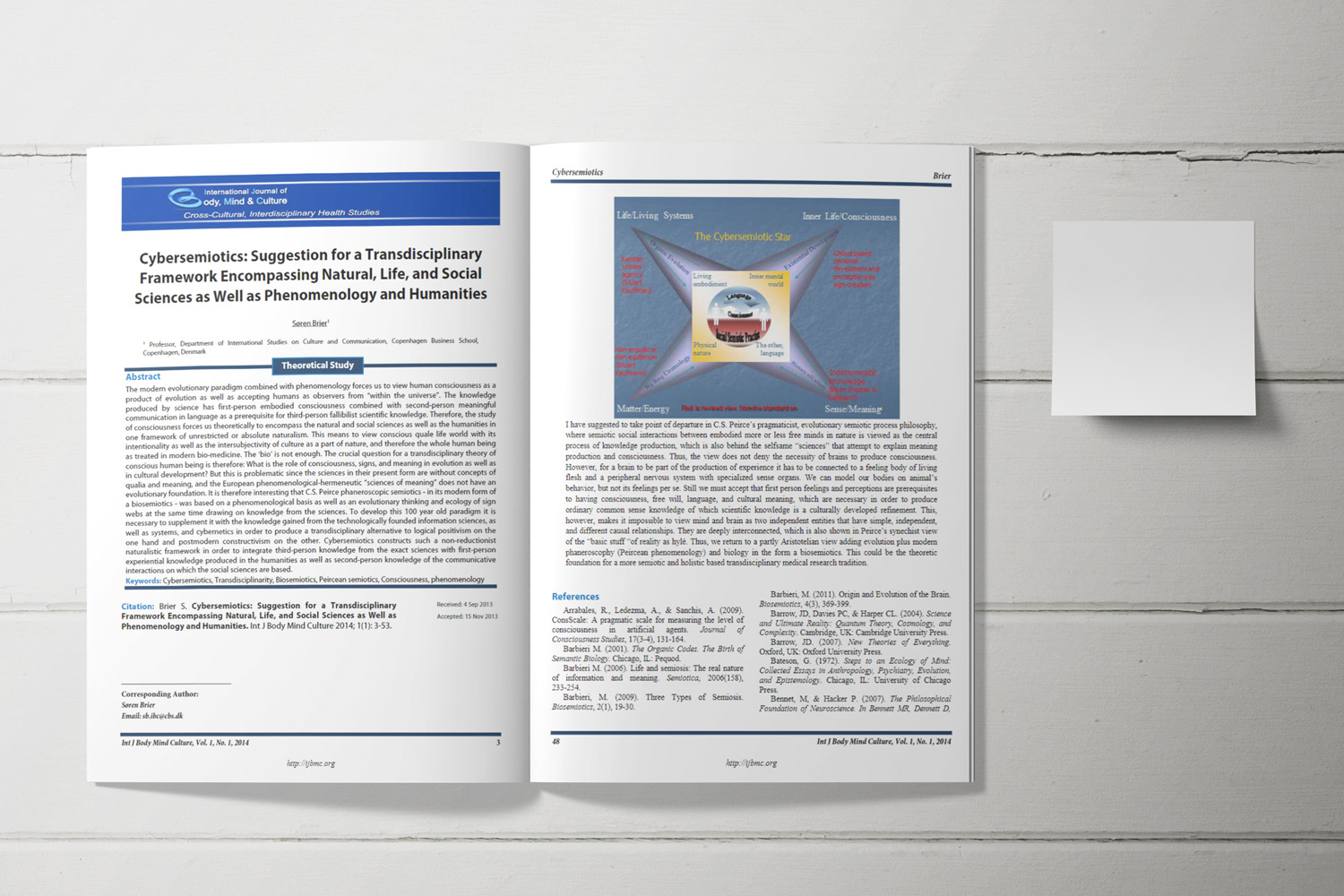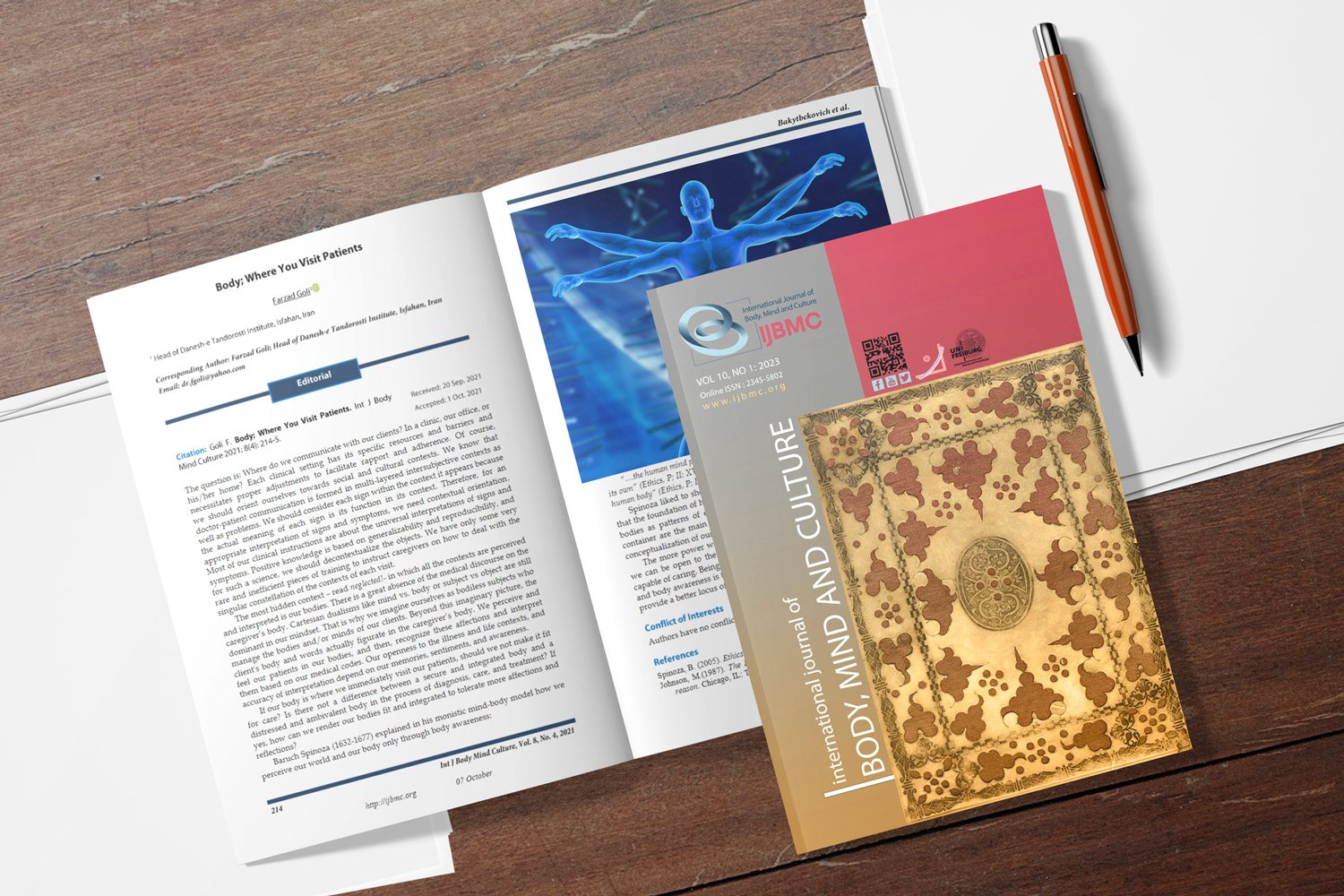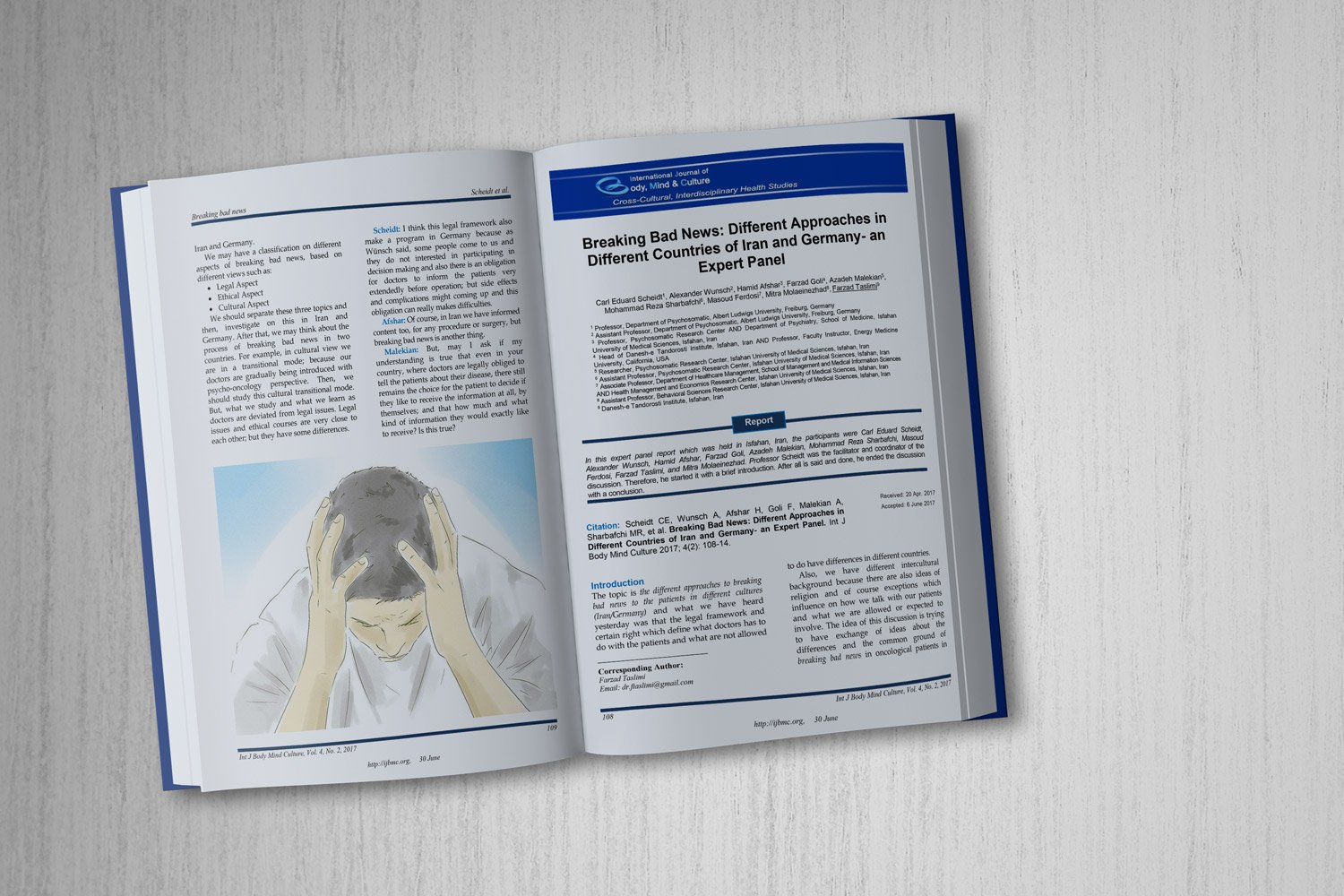Psychometric Evaluation and Normative Validation of the Beliefs and Attitudes Toward Transgenderism Scale in an Iranian Population
Objective: This study aimed to translate, adapt, and psychometrically validate the Beliefs and Attitudes Toward Transgenderism Scale in an Iranian population. The instrument offers a more comprehensive conceptualization of attitudes toward transgender people than earlier measures.
Methods: A methodological cross-sectional study was conducted in 2025 in Tehran. The study population consisted of adults from different districts of the city, recruited through community centers and universities. A total of 238 participants completed the Persian version of the scale, which contains 33 items across three subscales: Interpersonal Comfort (16 items), Sexual/Gender Beliefs (11 items), and Human Value (6 items). Translation and cultural adaptation followed forward–backward procedures. Internal consistency was examined using Cronbach’s alpha, while construct validity was assessed via confirmatory factor analysis (CFA). Convergent validity was tested using the Individual Transgender Attitudes Scale and the Genderism and Transphobia Scale. Discriminant validity was evaluated against the Rosenberg Self-Esteem Scale and the Marlowe–Crowne Social Desirability Scale–Short Form.
Findings: Cronbach’s alpha coefficients indicated excellent internal consistency (α = 0.97 for Interpersonal Comfort, α = 0.95 for Sexual/Gender Beliefs, and α = 0.94 for Human Value). CFA confirmed the original three-factor structure with acceptable fit indices. Strong correlations with related constructs demonstrated convergent validity, whereas weak links with unrelated measures confirmed discriminant validity.
Conclusion: The Persian version of the Beliefs and Attitudes Toward Transgenderism Scale demonstrates strong reliability and validity for use in Tehran. This tool can support research, clinical practice, and social policy by providing a standardized measure of attitudes toward transgender issues.
Downloads
Azagba, S., Yessoufou, A. W., Gittens, A. D., & Manzione, L. (2025). Health disparities among transgender individuals: Evidence from recent population-based studies. International Journal for Equity in Health, 24(1), 19. https://doi.org/10.1186/s12939-025-02240-1
Coleman, E., Radix, A. E., Bouman, W. P., Brown, G. R., de Vries, A. L. C., Deutsch, M. B., … Winter, S. (2022). Standards of Care for the Health of Transgender and Gender Diverse People, Version 8. International Journal of Transgender Health, 23(Suppl. 1), S1–S259. https://doi.org/10.1080/26895269.2022.2100644
Coleman, E., Radix, A. E., Bouman, W. P., Brown, G. R., de Vries, A. L. C., Deutsch, M. B., … Winter, S. (2022). Standards of Care for the Health of Transgender and Gender Diverse People, Version 8. International Journal of Transgender Health, 23(Suppl. 1), S1–S259. https://doi.org/10.1080/26895269.2022.2100644
Hill, D. B., & Willoughby, B. L. B. (2005). The development and validation of the Genderism and Transphobia Scale. Sex Roles, 53(7–8), 531–544. https://doi.org/10.1007/s11199-005-7140-x
Hill, D. B., & Willoughby, B. L. B. (2005). The development and validation of the Genderism and Transphobia Scale. Sex Roles, 53(7–8), 531–544. https://doi.org/10.1007/s11199-005-7140-x
International Test Commission. (2017). The ITC guidelines for translating and adapting tests (Second edition). International Test Commission. https://www.intestcom.org
International Test Commission. (2017). The ITC guidelines for translating and adapting tests (Second edition). International Test Commission. https://www.intestcom.org
Kanamori, Y., Cornelius-White, J. H. D., Pegors, T. K., Daniel, T., & Hulgus, J. (2017). Development and validation of the Transgender Attitudes and Beliefs Scale (TABS). Archives of Sexual Behavior, 46(5), 1503–1515. https://doi.org/10.1007/s10508-016-0800-1
Kanamori, Y., Cornelius-White, J. H. D., Pegors, T. K., Daniel, T., & Hulgus, J. (2017). Development and validation of the Transgender Attitudes and Beliefs Scale (TABS). Archives of Sexual Behavior, 46(5), 1503–1515. https://doi.org/10.1007/s10508-016-0800-1
Kline, R. B. (2016). Principles and practice of structural equation modeling (4th ed.). New York: Guilford Press.
Mokkink, L. B., Prinsen, C. A. C., Bouter, L. M., de Vet, H. C. W., & Terwee, C. B. (2021). The COSMIN methodology for systematic reviews of patient-reported outcome measures. Quality of Life Research, 30(10), 2891–2899. https://doi.org/10.1007/s11136-021-02812-5
Mokkink, L. B., Prinsen, C. A. C., Bouter, L. M., Vet, H. C. W. de, & Terwee, C. B. (2021). The COSMIN methodology for systematic reviews of patient‐reported outcome measures. Quality of Life Research, 30(10), 2891–2899. https://doi.org/10.1007/s11136-021-02812-5
Najmabadi, A. (2014). Professing selves: Transsexuality and same-sex desire in contemporary Iran. Durham: Duke University Press. https://doi.org/10.2307/j.ctv11hpjmj
Najmabadi, A. (2014). Professing selves: Transsexuality and same-sex desire in contemporary Iran. Durham: Duke University Press. https://doi.org/10.2307/j.ctv11hpjmj
Shafiee-Kandjani, A. R., Rostami, M., Ahmadi, S., & Salehi, M. (2025). Psychometric properties of the Persian version of the Genderism and Transphobia Scale. BMC Psychiatry, 25(1), 330. https://doi.org/10.1186/s12888-025-06758-5
Shafiee-Kandjani, A. R., Rostami, M., Ahmadi, S., & Salehi, M. (2025). Psychometric properties of the Persian version of the Genderism and Transphobia Scale. BMC Psychiatry, 25(1), 330. https://doi.org/10.1186/s12888-025-06758-5
Taber, K. S. (2018). The use of Cronbach’s alpha when developing and reporting research instruments in science education. Research in Science Education, 48(6), 1273–1296. https://doi.org/10.1007/s11165-016-9602-2
Voultsos, P., Gaitanidis, A., Avramidis, S., & Goulas, A. (2023). Translation and validation of the Greek version of the Transgender Attitudes and Beliefs Scale (TABS). BMC Medical Education, 23(1), 764. https://doi.org/10.1186/s12909-023-04458-4
Voultsos, P., Gaitanidis, A., Avramidis, S., & Goulas, A. (2023). Translation and validation of the Greek version of the Transgender Attitudes and Beliefs Scale (TABS). BMC Medical Education, 23(1), 764. https://doi.org/10.1186/s12909-023-04458-4
Walch, S. E., Ngamake, S. T., Francisco, J., Stitt, R. L., & Shingler, K. A. (2012). The Attitudes Toward Transgendered Individuals Scale: Psychometric properties. Archives of Sexual Behavior, 41(5), 1283–1291. https://doi.org/10.1007/s10508-012-9995-6
Walch, S. E., Ngamake, S. T., Francisco, J., Stitt, R. L., & Shingler, K. A. (2012). The Attitudes Toward Transgendered Individuals Scale: Psychometric properties. Archives of Sexual Behavior, 41(5), 1283–1291. https://doi.org/10.1007/s10508-012-9995-6
Wang, Z., Li, X., Chen, Y., & Xu, H. (2024). Psychometric properties of the Chinese version of the Transgender Attitudes and Beliefs Scale. BMC Psychology, 12(1), 145. https://doi.org/10.1186/s40359-024-01667-9
Wang, Z., Li, X., Chen, Y., & Xu, H. (2024). Psychometric properties of the Chinese version of the Transgender Attitudes and Beliefs Scale. BMC Psychology, 12(1), 145. https://doi.org/10.1186/s40359-024-01667-9
World Health Organization. (2022). International classification of diseases for mortality and morbidity statistics (11th Revision). World Health Organization. https://icd.who.int
World Health Organization. (2022). International classification of diseases for mortality and morbidity statistics (11th Revision). World Health Organization. https://icd.who.int
Copyright (c) 2025 International Journal of Body, Mind and Culture

This work is licensed under a Creative Commons Attribution-NonCommercial 4.0 International License.






